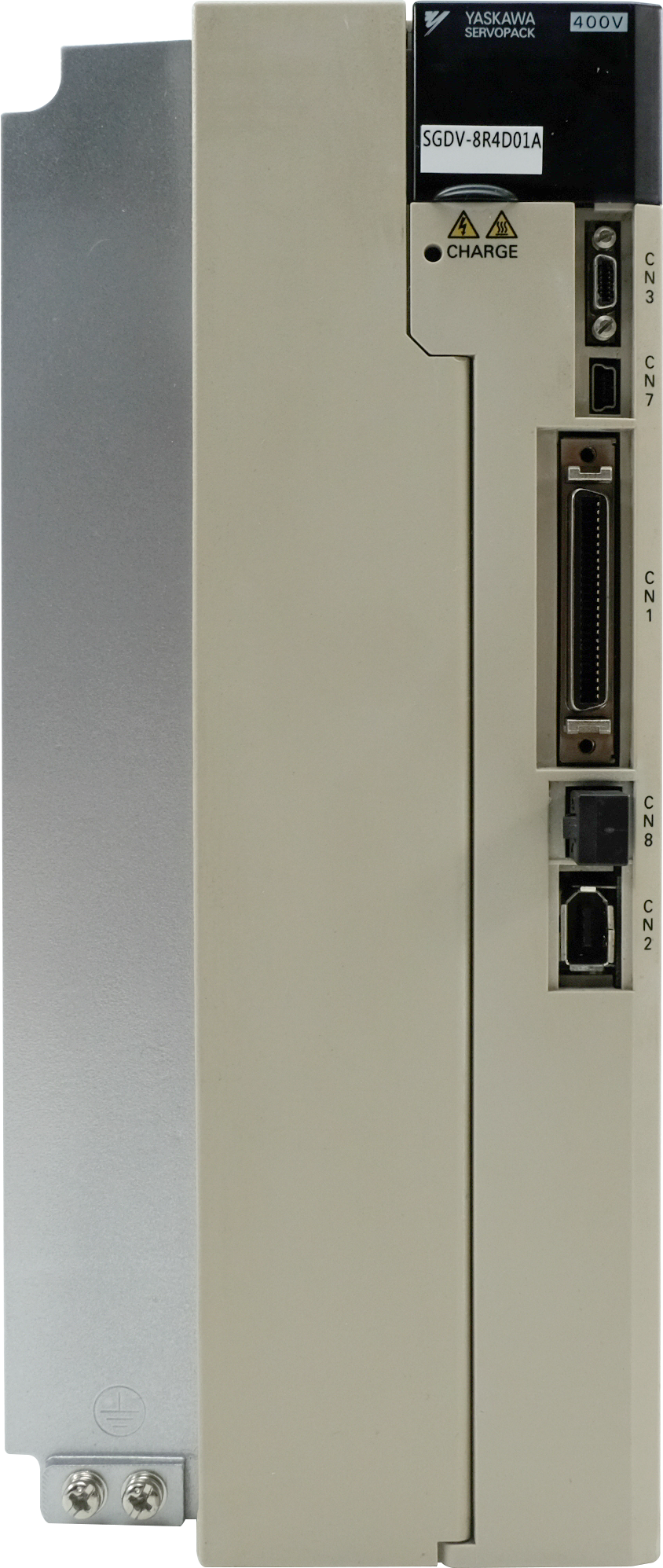vfd controller
A Variable Frequency Drive (VFD) controller is a sophisticated electronic system that manages the speed and torque of electric motors by regulating frequency and voltage output. This advanced device converts fixed frequency and voltage input to variable parameters, enabling precise control over motor operations. The VFD controller employs pulse width modulation technology to achieve smooth motor acceleration and deceleration, while maintaining optimal performance across various speed ranges. It integrates multiple protection features, including overcurrent, overvoltage, and thermal protection, ensuring both equipment safety and longevity. In industrial applications, VFD controllers excel in managing pumps, fans, conveyors, and other motor-driven systems, offering unprecedented control over operational parameters. The system's microprocessor-based design allows for real-time monitoring and adjustment of motor performance, while its digital interface enables seamless integration with modern automation systems. VFD controllers significantly contribute to energy efficiency by matching motor speed to load requirements, reducing mechanical stress on equipment, and minimizing maintenance needs. Their versatility extends across various sectors, from manufacturing and HVAC systems to renewable energy applications, making them an essential component in modern industrial automation.

